#Lavalleja
Text
La final de la Extra de 1967

Se ha añadido a la sección dedicada a la extinta Divisional Extra una inmejorable infografía realizada por Archivo Histórico Xeneize sobre la final de la temporada 1967, jugada el 31 de marzo de 1968 entre el desaparecido Club Social y Deportivo Lavalleja y el Club Atlético El Tanque (3-2).

0 notes
Text
Los equipos más importante del fútbol uruguayo desaparecidos hasta la actualidad (2022)... Veremos si en un futuro alguno de ellos vuelve a afiliarse a la AUF...
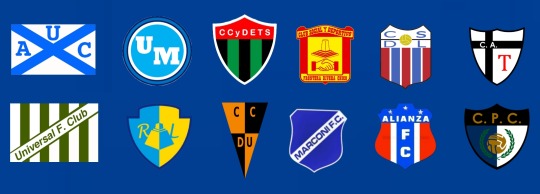
#UruguayAthleticClub#UniversalFootballClub#UniversidadMayor#RiveraLivramento#TanqueSisley#Canillitas#FronteraRivera#Marconi#Lavalleja#Terremoto#Coraceros#Alianza
0 notes
Photo

#villa #serrana #villaserrana #lavalleja #uruguay #agua #salto #caida #represa https://www.instagram.com/p/ChX21GUvRJ7/?igshid=NGJjMDIxMWI=
0 notes
Text
19 avril : le débarquement des 33 patriotes à l’origine de l’Uruguay
C’est une geste patriotique que l’Uruguay célèbre chaque 19 avril par un jour férié. Avant d’exister en tant qu’État, l’Uruguay a vu son territoire disputé par les Argentins, les Brésiliens et même les Anglais. En 1821, le pays a été annexé par le Brésil, sous le nom d'« État Cisplatino ». Le 19 avril 1825, à 23 h., un groupe de révolutionnaires uruguayens en exil dirigé par Juan Antonio Lavalleja, traversait secrètement le fleuve Uruguay et débarquait sur la plage d'Agraciada. Ils étaient trente-trois. L’Uruguay avait constitué la province orientale de l’Argentine, si bien que ces patriotes, encouragés par l’Argentine, étaient appelés les Orientaux et ce jour férié commémore le Desembarco de los 33 Orientales.
Une fois sur l’autre rive du Rio de la Plata, ils plantèrent ce qui sera connu sous le nom de drapeau des 33 Orientaux et prêtèrent serment d'expulser le gouvernement brésilien d'Uruguay. Quatre mois plus tard, faute d’avoir réintégré le giron argentin, l'Uruguay déclarait officiellement son indépendance du Brésil, le 25 août 1825. Après 500 jours de combats (guerre Argentine-Brésil), le Brésil finira par reconnaître l'indépendance de l'Uruguay en 1828.
Des années plus tard, alors que l'État oriental de l'Uruguay devenait une nouvelle nation souveraine, sur ordre du gouverneur et capitaine général de l'État, le général de brigade Juan Antonio Lavalleja, le colonel de l'époque, Manuel Oribe, reçut l'ordre de préparer la « Liste officielle des 33 Orientales ». » de 1825, qui fut certifiée par le général Lavalleja le 28 juillet 1830.
Cette liste comprenait : le Colonel Don Juan Antonio Lavalleja, lieutenant-colonel Don Manuel Oribe ; les sergent-majors Don Pablo Zufriategui et Don Simón del Pino ; les Capitaines Don Manuel Lavalleja, Don Jacinto Trápani, Don Manuel Freire, Don Gregorio Sanabria, Don Santiago Gadea, Lieutenants Don Basilio Araujo, Manuel Menéndez, Enseigne Don Atanasio Sierra, Don Pantaleón Artigas ; Sergents Don Juan Spikerman, Don Andrés Areguat, Don Celedonio Rojas ; Cabos, Avelino Miranda, Agustín Velázquez ; le cadet Don Andrés Spikerman ; Soldats Ramón Ortiz, Juan Ortíz, Ignacio Nuñez, Francisco Lavalleja, Carmelo Colmán, Santiago Nevas, Juan Rosas, Juan Acosta, Luciano Romero, Ignacio Medina, Felipe Carapé, Baqueano Andrés Cheveste. Esclaves Joaquín Artigas et Dionisio Oribe'. (Ces deux derniers furent libérés par Lavalleja comme soldats, au quartier général de Barra del Pintado de la Florida, en juin 1825).
Un article de l'Almanach international des éditions BiblioMonde, 19 avril 2024
0 notes
Link
Grilla Oficial de la 49° Semana de Lavalleja 2022 y Noche de los Fogones Está todo pronto para la gran fiesta del 'Reencuentro en las Sierras'
0 notes
Text
Un refugio en las sierras, cabañita de cuento.
Enamorada de éste lugar.
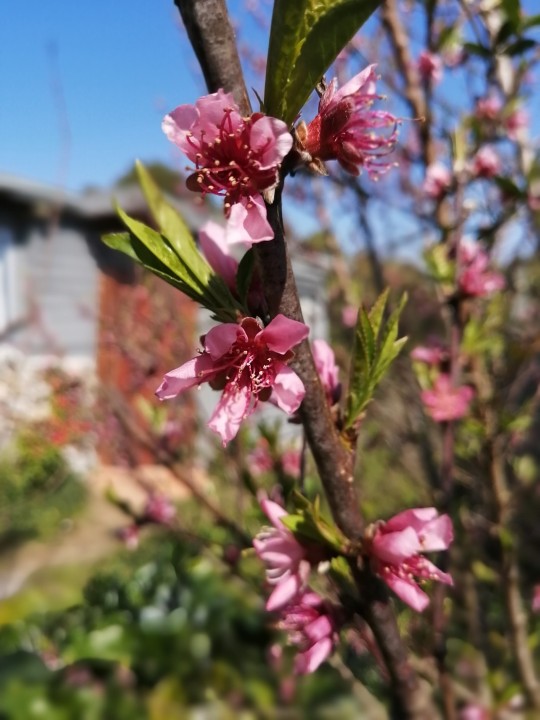
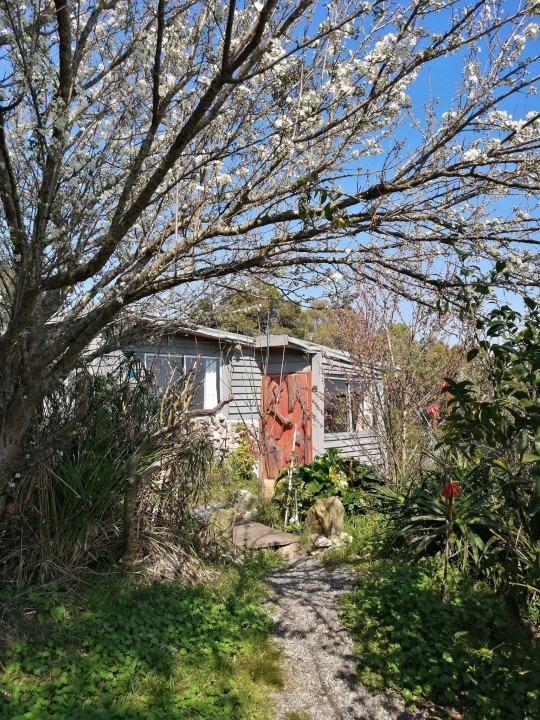
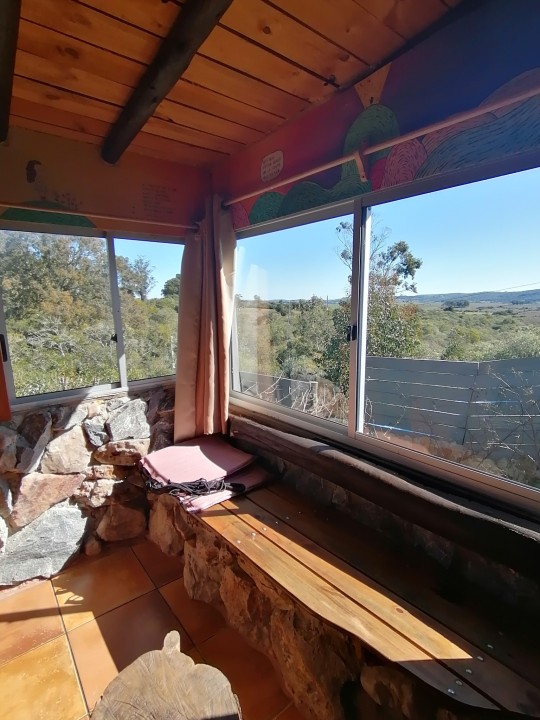



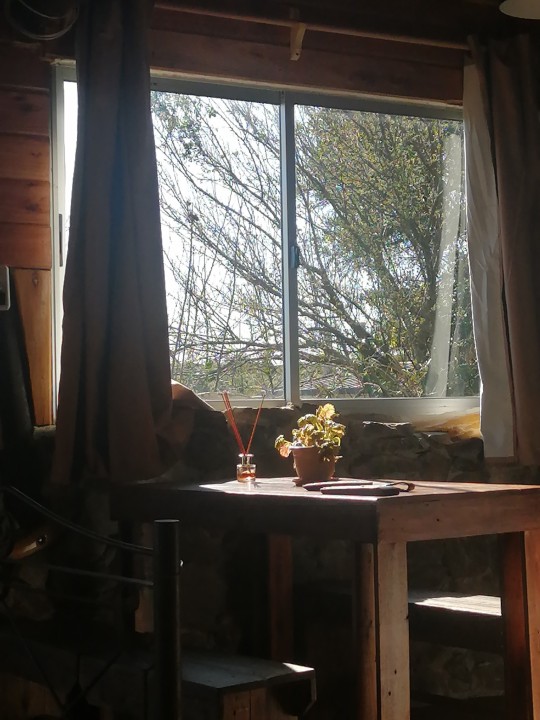

1 note
·
View note
Text
Compañeros, hermanos, amigos escuchen y regocíjense.
Europa está en caos, el imperio español se está derrumbando, Portugal continúa perdiendo influencia y Francia pelea en demasiados frentes, es hora de unir nuestras fuerzas, nuestros pueblos pelearán por la libertad, por la justicia ¡Por América!
No sólo derrotaremos a los gachupines, portugueses y franceses en el campo de batalla ¡También nos veremos mejor que ellos mientras lo hacemos!
Esta encuesta determinará quién de todas estas sensuales personas latinoamericanas será la que opacará más a los europeos, a la que más gente le encantaría tener en su cama por una noche ¡El mas grande ejemplo de exquisitez latinoamericana!
¿Quieres nominar a alguien para tan aclamado premio? Puedes hacerlo aquí
Reglas:
1. Puedes nominar a todas las personas que quieras, el formulario no tiene un límite
2. Animamos a que manden propaganda (en inglés o español o portugués)
3. Sexy man/hombre sexy es un término sin género, todos, todas y todes son bienvenidos.
4. Serán juzgados en base de las edades que tenían durante las guerras por la independencia y los admins se esforzarán para encontrar los retratos apropiados.
Eng:
Comrades, brothers, friends listen and rejoice.
Europe is in chaos, the Spanish empire is collapsing, Portugal continues to lose influence, and France is fighting on too many fronts. It is time to join forces, our people fight for liberty and for justice. For America!
We will not only defeat the gachupines, the Portuguese and the French on the battlefield. We will also do it while looking better than them!
This contest will determine who among these sexy Latin Americans outshines the Europeans the most, who most people would invite to their bed for a night. The best example of the exquisiteness of Latin America!
Do you want to nominate someone for such an honor? Nominate them here.
Rules:
You can nominate as many people as you want. The form does not have a limit.
Propaganda is encouraged (in English or Spanish or Portuguese)
Sexyman is a gender neutral term.
They will be judged based on the age they were during the wars for independence and the admins will try their best to find appropriate portraits.
La lista hasta ahora/The existing list is here:
Virreinato de Nueva España
México:
1. Agustin de Iturbide
2. Leona Vicario
3. Juan Aldama
4. José Maria Morelos y Pavón x3
5. Vicente Guerrero x2
6. Antonio Lopez de Santa Anna
Virreinato del Nuevo Reino de Granada:
Colombia:
7. Antonio Nariño x3
8. Antonio Morales Galavís
9. Policarpa Salavarrieta x2
10. Francisco de Paula Santander x 2
Venezula:
13. Simón Bolívar x2
14. José Antonio Paez
Virreinato del Perú:
Perú
11. Manuela Sáenz de Vergara y Aizpuru
12. Micaela Bastidas
Ecuador:
15. Manuela a.k.a Manuelita Saenz x4
Bolivia:
16. Antonio José de Sucre x 2
17. María Ana Carcelén de Guevara y Larrea-Zurbano
Chile:
21. Manuel Javier Rodríguez y Erdoíza
22. José Miguel Carrera Verdugo
Virreinato del Río de la Plata:
Argentina:
18. Manuel Belgrano
19. José de San Martín x 3
20. Martín Miguel de Güemes
Uruguay:
23. Manuel Ceferino Oribe y Viana
24. Juan Antonio Lavalleja
25. José Fructuoso Rivera y Toscan
Haití:
26. Toussaint L’Ouverture
Brasil/The Empire of Brazil:
27. Joaquim Pires de Carvalho e Albuquerque
28. Maria Quitéria de Jesus x2
29. Joaquim Gonçalves Ledo
30. Maria Leopoldina
31. Pedro I
32. Hipólito José da Costa Pereira Furtado de Mendonça
33. José Bonifácio de Andrada e Silva
34.Francisco Gomes da Silva
35. Domitila de Castro Canto e Melo, Marquesa de Santos
36 notes
·
View notes
Text
Speaking of demonyms, I think other places should follow Uruguayan demonym conventions of different degrees of opaqueness and randomness. For fun.
You can start easy with something like the people from Lavalleja being called Minuanos (because the capital city is Minas) and progress through the people of Treinta y Tres being called Olimareños (because of the river Olimar), the people of Maldonado being called Fernandinos (because in colonial times the main town was called San Fernando de Maldonado), the people of Paysandú being called Sanduceros (shortening is cute), the people of Canelones being called Canarios (your guess is as good as mine if it comes from the canelones themselves or because there were actual Canarians there at some point) and then end in the absolute madness of people from San José being called Maragatos.
13 notes
·
View notes
Text
라 꿈빠르씨따에 관한 메모
'라 꿈빠르씨따(La cumparsita)'는 1916년에 우루과이 사람인 마토스 로드리게스(Matos Rodriguez)가 작곡했다. 당시 이분은 풋내기 대학생이었고, 자신의 만든 걸 습작이라 여겼는지 부끄러워해 직접 연주하지 않은 대신 로베르또 삐르뽀(Roberto Firpo)가 라히랄다(La Giralda)란 카페에서 초연했다.
땅고의 기원 중 하나로 인정받고 있는 깐돔베(Candombe)는 아프리카에서 기원한 타악기 위주 음악이고, 길거리 행진하며 깐돔베 연주하는 걸 꼼빠르사(Comparsa)라고 함. 이 전통이 우루과이에 남아 있었기 때문에 마토스 씨가 영감을 받아 '라 꿈빠르씨따'를 작곡했을 거라고 추측 가능하다.
여기까진 '지구와 바람과 별과 땅고'에 쓴 내용이고, 이후 구글에서 새로운 내용을 찾아 몇 가지 업데이트.
우선 유서 깊은 '라히랄다'가 혹시 현재에도 남아 있을까 싶어 구글맵으로 당시 주소인 '18 de Julio, Montevideo, Uruguay'를 찾아 스트리트 뷰로 주변을 확인하니 라바예하(Lavalleja)라는 혁명가 동상이 서 있는 공원과 고층 빌딩만 보였다. 알고 보니 거기에서 서쪽으로 1.8km 거리에 있는 살보 궁전(=Palacio Salvo)이란 건물 내 '라 꿈빠르씨따 땅고 박물관(=Museo del Tango, La cumparsita)'이 옛 라히랄다 자리였고, 정확한 주소는 'Palacio Salvo, Plaza Independencia 848, 11100 Montevideo'였음.
현재 남은 '라 꿈빠르씨따'는 전적으로 마토스 창작이 아니었더만. 아마도 원래는 단순한 행진곡풍이었던 거 같은데, 이걸 땅고로 재탄생시킨 장본인이 초연한 로베르또 씨라고 한다. 즉 자신이 예전에 지은 "여성 가우초 마누엘라(=La gaucha Manuela)"와 '완전한 끈(=Cuerda Completa)'에서 일부를 가져와 붙인 것. 즉 엄밀히 말해 '라 꿈빠르씨따'는 마토스와 로베르또의 공동 저작이라고 해야겠으나 로베르또가 이 곡이 빅히트할 거라곤 예측 못하고 대수롭잖게 여기는 바람에 이름을 넣지 않았고, 아마도 이 결정을 평생 후회한 듯 보임.
유튜브에 로베르또 씨가 삽입했다는 두 곡이 모두 올라와 있어 다 들어봄. '여성 가우초 마누엘라'는 후안 마글리오가 남긴 녹음이 있었는데, 왠지 선율보다는 코드를 따온 거 같다.
반면 '완전한 끈'은 듣자마자 느낌이 딱 온다. 그리고 'Cuerda Completa'의 정확한 의미를 몰라 '완전한 끈'으로 직역했다. 'Cuerda'에는 끈 외에 '현악기 줄', '동물 창자 힘줄'이란 뜻이 있으므로 '완벽한 연주'로 의역할 수 있지 않나 예상. 또한 서양에서 거트(Gut)가 창자 외 배짱이란 의미가 있는 거로 알아 혹시 '배짱 좋은 놈'으로도 의역할 수 있는 게 아닌가 싶은 것.
youtube
youtube
youtube
3 notes
·
View notes
Text
Birds
|LUMIX PANASONIC DMC-FH27|

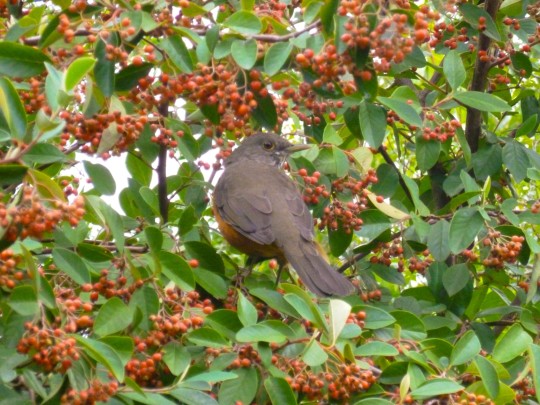
Villa Serrana, Lavalleja, Uruguay
by: Martina Dell'Acqua
#uruguay#photography#nature#photographers on tumblr#original photographers#ornitologia#ornithology#south america
9 notes
·
View notes
Text
Lavalleja campeón (1967)

Esta vibrante foto de cabecera, proporcionada por Agustín Montemuiño, atestigua y da validez al impresionante trabajo de estudio de la Divisional Extra llevado a cabo por Gabriel Ladetto Porrini, que logró determinar que el desaparecido C. S. y D. Lavalleja fue campeón en la temporada 1967, desmintiendo una inexacta información que se ha replicado en decenas de sitios web y publicaciones diversas en donde se informa que ese año no hubo actividad en la divisional.
La final de esa temporada se disputó en el Estadio Centenario el 31 de marzo de 1968 y Lavalleja venció a El Tanque por 3-2 conquistando el ascenso a la Divisional Intermedia.
Abajo una foto de la indumentaria del campeón aquel día, proporcionada también por Agustín.

0 notes
Text

Boeing 737-200 Pluna Uruguay
Registration: CX-BOO
Named: Brigadier General Juan A. Lavalleja
Type: 737-2A3 A
Engines: 2 × PW JT8D-9A
Serial Number: 22738
First flight: Jan 12, 1982
PLUNA Líneas Aéreas Uruguayas S.A. was the flag carrier of Uruguay. It was headquartered in Carrasco, Montevideo and operated scheduled services within South America, as well as scheduled cargo and charter services from its hub at Carrasco International Airport. The airline was established in September 1936 and started operations the following month, on 19 November 1936. PLUNA entered the jet age soon after were introduced to the world Boeing 727 and Boeing 737. "PLUNA" is an acronym for Primeras lineas Uruguayas de navegacion aerea (First Uruguayan Air Navigation Lines).
Poster for Aviators.
aviaposter.com
2 notes
·
View notes
Photo

#villa #serrana #villaserrana #lavalleja #uruguay #agua #salto #caida #represa https://www.instagram.com/p/Ce1yBA-vDlL/?igshid=NGJjMDIxMWI=
0 notes
Text
Uruguay, Papá! (Part I)
Hey everyone! I apologize for the delay in blog posts; I’ve been sick this past week! Study abroad can really take a toll on you physically since you’re always on the go, so I took some time to reset and recover. That being said, I wanted to write about a road trip that I took a couple of weeks ago to visit the interior of Uruguay! The interior refers to all the departments (like the states in the U.S.) except Montevideo. The interior is rich with culture and nature, so I was glad I got to spend the long weekend there!
There were five of us that went (all international students studying abroad): one from France, two from two different parts in Mexico, and one from England but was born in Palestine! I loved that we were a mix of all different nationalities. On Thursday afternoon, we picked up our car rental and drove 3.5 hours to Minas, the capital of the department Lavalleja. We arrived late in the evening, so we went grocery shopping, arrived at the Airbnb, and cooked a delicious dinner of chorizo with homemade chimichurri, grilled potatoes, and Michelada, a traditional Mexican drink. We ate like kings and stayed up playing games and chatting.
The next morning, we made a breakfast of yogurt and fruit with honey and budin (sweet bread). We wanted to explore a little bit of Minas/Villa Serrana before heading to the department of Treinta y Tres, so we visited the Obelisco (Obelisk? It’s basically a tall skinny pyramid that most departments have). It was way smaller than we expected, but we had to laugh because we drove 15 minutes on bumpy roads in a stick-shift car to visit it. On the way, we also found a little free library where people could take and leave a book, write poetry, and give book suggestions! The books were in a refrigerator painted in all sorts of colors, so of course I had to take pics.
We then headed to the Salto del Penitente where we walked to a series of lagoons and waterfalls. I wanted to jump in, but it was impossible to get close enough to the lagoon without basically scaling the rocks/cliffs! We decided to play if safe and tan next to the waterfall. After soaking in the sun, we had a late lunch and tried croquettes (more like egg rolls) with jabaldi (warthog). It tasted just like regular pork, and I can say that that’s the most “exotic” thing I’ve ever tasted! We then decided to pack up and drive the three hours to Treinta y Tres. We passed by an olive orchard along the way, so we stopped and bought olive oil to cook with and fizzy wine in a can made from grapes grown in the area! There were also so many cats roaming around; we each wanted to steal one and take them back to Montevideo. When we were driving, we also drove past a fox that was sleeping on the side of the road! We slowed down and he sat up and just stared at us for a couple of minutes! He was clearly used to seeing humans because he just had this look of curiosity on his face. I wanted to steal him too but thought better of it 😉
Once we got to our Airbnb in Treinta y Tres, a few people went to the store while my friend Cleo and I started the fire! I was so proud of us that we got it going and that we could start cooking dinner right away. We had another delicious dinner of chorizo and grilled potatoes. The next day was Cleo’s birthday, so we stayed up to sing to her in Spanish, English, and Arabic! How neat is that?
Part two is on its way! Stay tuned!
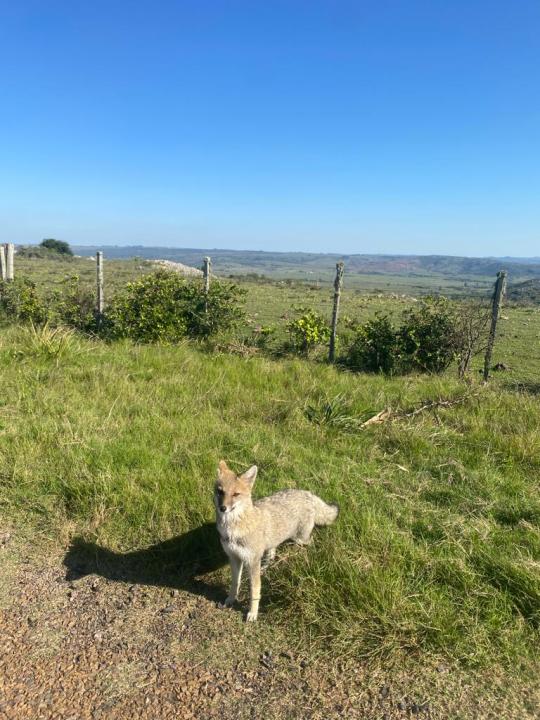
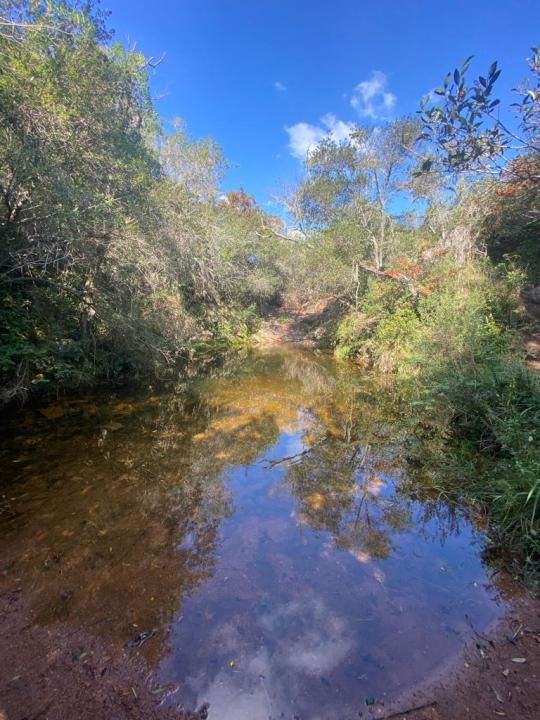

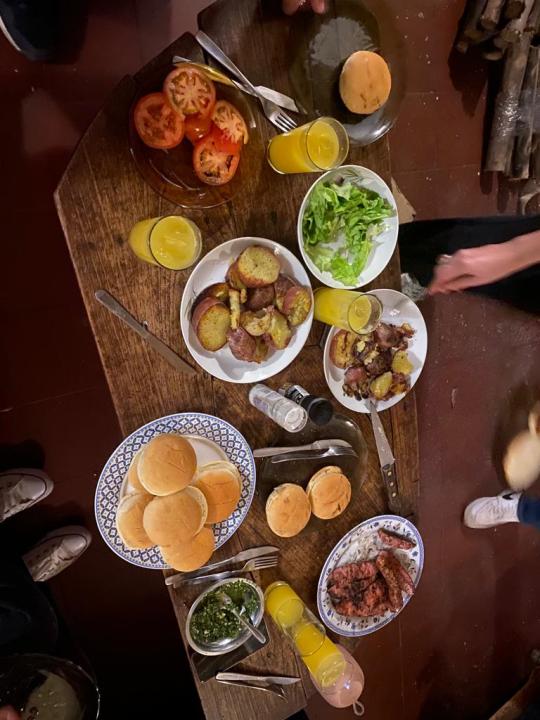
2 notes
·
View notes
Photo

Salto del penitente. ✨🍀🍃 (en Minas Lavalleja) https://www.instagram.com/p/Ch23V_7OIaNuAxkrKmuS9ljLnPVxrLCmvy_enI0/?igshid=NGJjMDIxMWI=
7 notes
·
View notes
Photo

El sábado 9 será el Día del Ovino en la Agropecuaria de Lavalleja.
0 notes